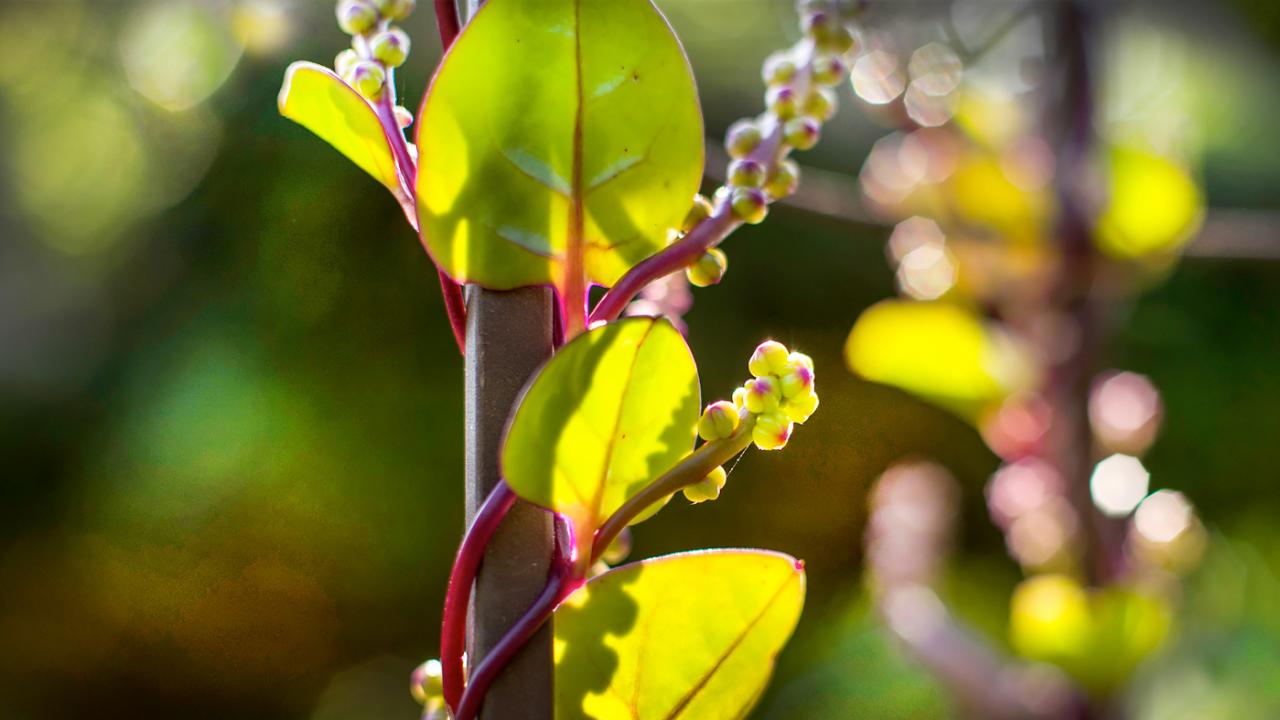

Plants &
Gardening
Garden Stories
Mshkeke
Good Earth
An elder taught me that mshkeke is the Potawatomi word we use for medicine, but the literal translation is good Earth.
There is a family story about how my father and great-grandmother healed me with mshkeke when Western medicine failed. It involved a bad case of pneumonia, an ill-tempered toddler, an escape from the hospital, and my great-grandmother’s plant medicine. I don’t remember the experience much. I remember Native American songs, prayers, and healing plants.
These plant relatives have continuously offered their teachings and provide a path for healing for myself and my loved ones. Below are four examples from my own experience; I’m a citizen of the Prairie Band Potawatomi Nation and manager of the medicinal plant garden at the Trickster Cultural Center in Schaumburg.
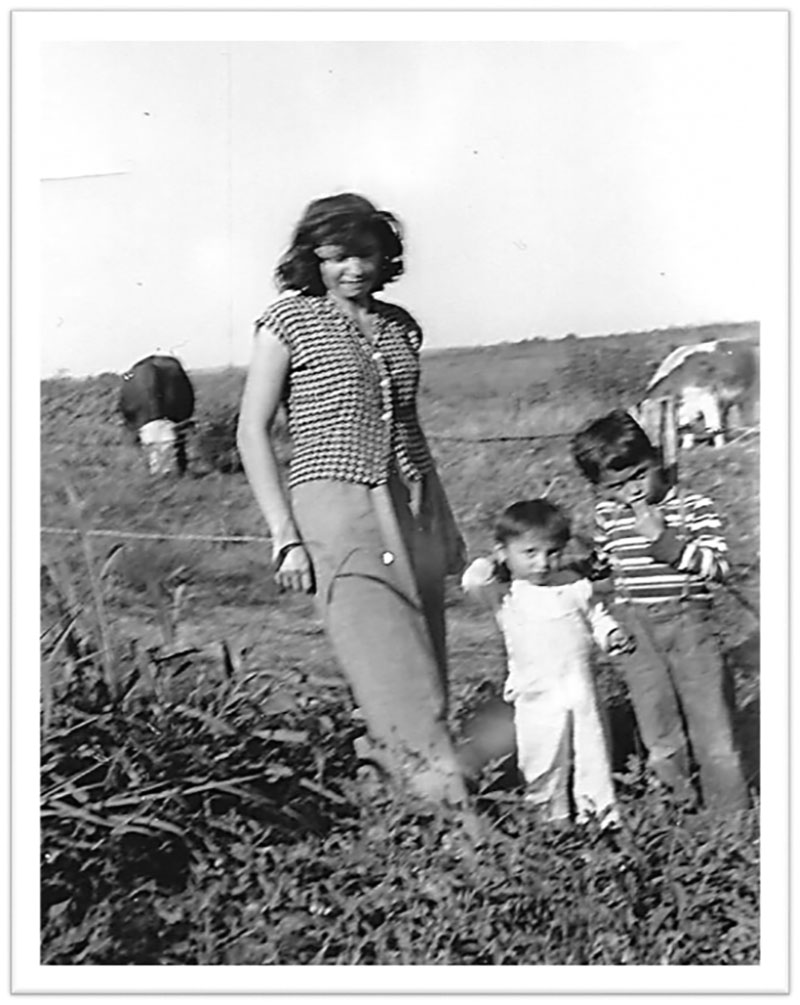
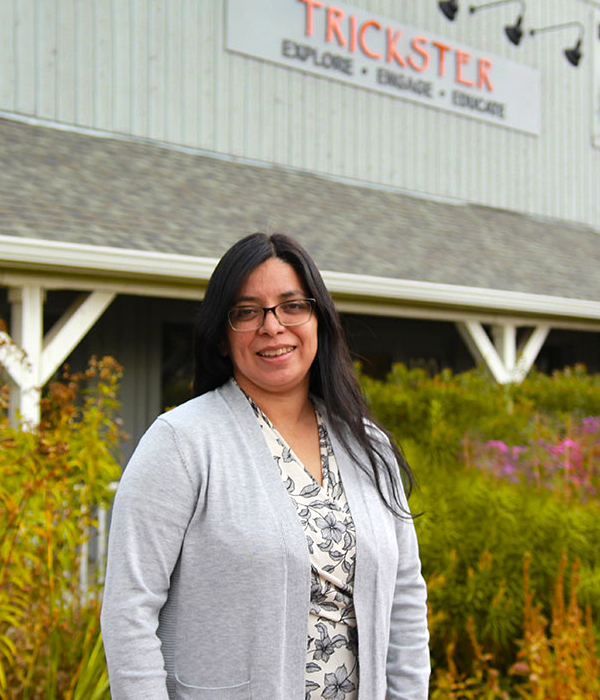
The author, Gina Roxas-Gonzales, has learned about healing from the traditional teachings of family elders, including her great-grandmother Vivian.
A word of caution: It has taken me many years to develop a relationship with these plants to correctly identify and respectfully harvest and prepare these plants for medicine. If you have not used medicinal plants before, I would advise finding someone who has the experience and knowledge to teach you since many plants can be toxic if you ingest or come into contact with them.
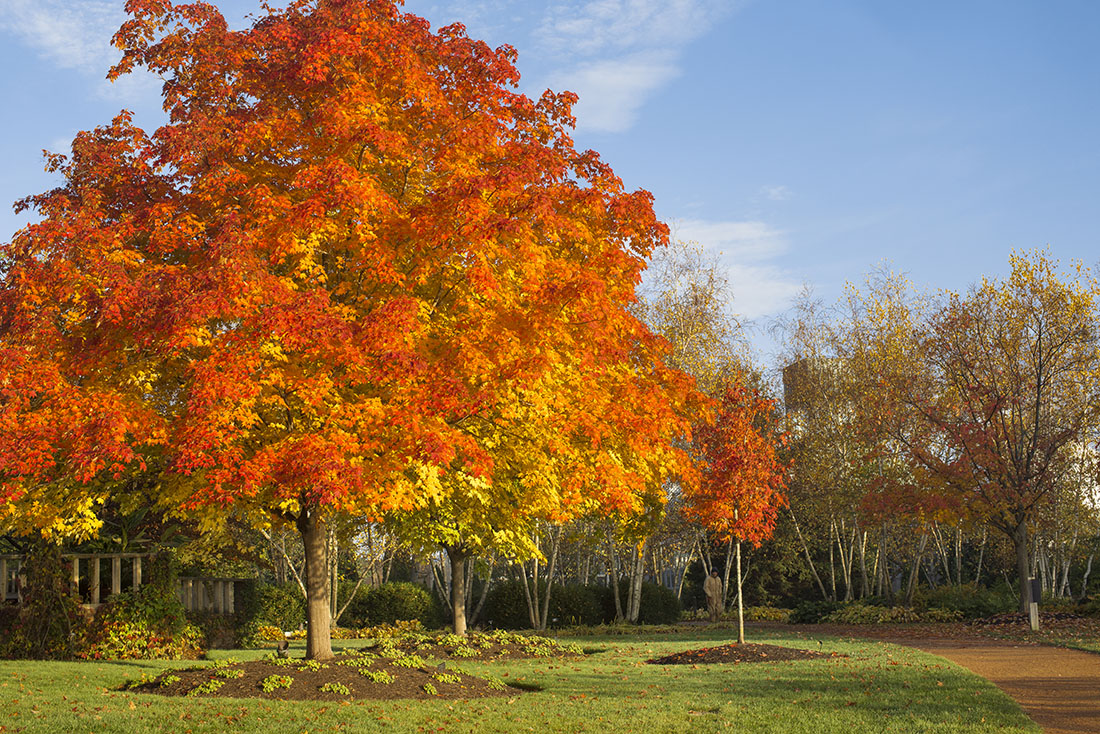
The Great Maple Nation
Shenamesh (sugar maple) teaches us about caring for each other. Traditional Potawatomi stories of maple teach us that if we care for those we share space with, everyone benefits.
For farmers and gardeners, maple tapping is one of the first signs that spring is on its way. It is time to tap the maples when you hear the woodpeckers, the symphony of the chorus frogs, and the Thunder Beings awakening Mother Earth and bringing forth the planting season.
With climate change, this system that has been passed down since time immemorial has become unhealthy. What happens when we deforest our tree nations and the woodpeckers lose their home? Or when we pollute the waters and the chorus frogs’ song is silent? Or when the Thunder Beings come too early? We lose the beautiful medicine of maple sap.
Most know it as something sweet to put on your breakfast dishes. But there is so much more. Maple sap, when not boiled down, is a natural electrolyte, slightly sweet and refreshing with trace minerals and filtered by our relatives the maple. The sap can be used to provide relief from fever, dehydration, and sore throat.

Love Medicine
Amowesh (wild bergamot) is used to promote sweating in the sweat lodge. The flowers have a sweet, pungent smell. In some Native American cultures, amowesh is referred to as love medicine—many claim that it will help you attract love. Pollinators flock to these plants when incorporated in a garden. The leaves of amowesh can also be brewed as a tea to treat colds and lung infections or added to a warm bath to promote healing.
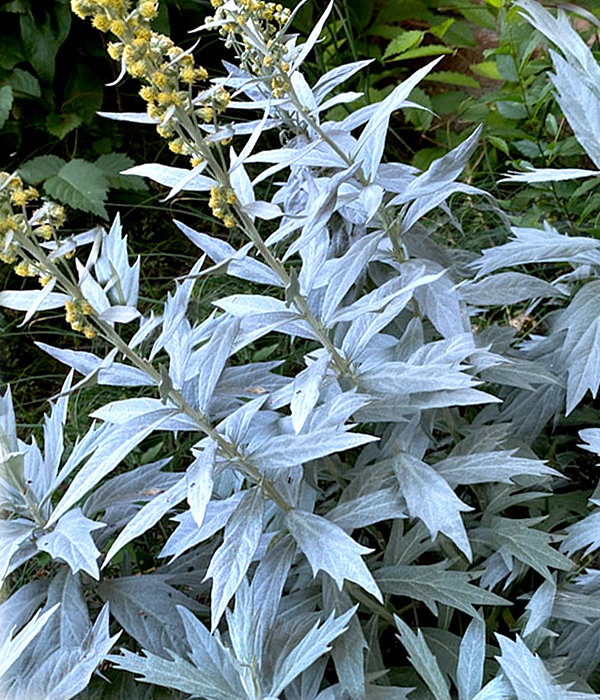
Purification and Balance
Wabshkebyek (sage) is one of the four sacred medicines used in many Native American cultures. The most common use is in smudging. A simple definition for smudging is the act of burning dried sage and using the smoke to purify and balance negative energies. But there is so much more to smudging that would require a separate blog to define. It is a natural antimicrobial and antioxidant.
Brewed in a tea, wabshkebyek can be used to treat colds, sore throats, and stomach issues. Prairie sage is found abundantly in the Chicago area and is fairly easy to grow. You can use other kinds of dried sage in teas if prairie sage isn’t available.

Milkweed for Your Mshkeke
Nenwesh (common milkweed) is not a weed at all. I see posters, stickers, and T-shirts that say, “Save the monarchs, plant more milkweed.” Nenwesh and monarch butterflies have a symbiotic relationship, relying on each other for survival. As if that wasn’t important enough, nenwesh also is a medicine for so many ailments.
The “milk” or latex from the leaves can be used to treat insect bites, rashes, and other skin ailments. The roots can be used to treat sore throats and asthma. And the young leaves and buds are made into a delicious soup. So plant more milkweed, not just for the monarchs but for your mshkeke.
The act of growing and caring for plants is mshkeke. I find that some of the best conversations, problem solving, and idea creating is done in the garden. Take a walk through a garden or natural space, and you can feel the mshkeke surround your being and you can’t help but smile. Listen intently to your plant relatives; let them teach you how to live the good life on this good earth.
Note: All photos courtesy of Gina Roxas-Gonzales, except for the sugar maple and wild bergamot.
Gina Roxas-Gonzales is medicinal plant manager at the Trickster Cultural Center, a nonprofit Native American and community arts center in Schaumburg. She has studied the environment through a multifaceted lens of traditional teachings from her grandmother and family elders, as well as the humanities and science.

